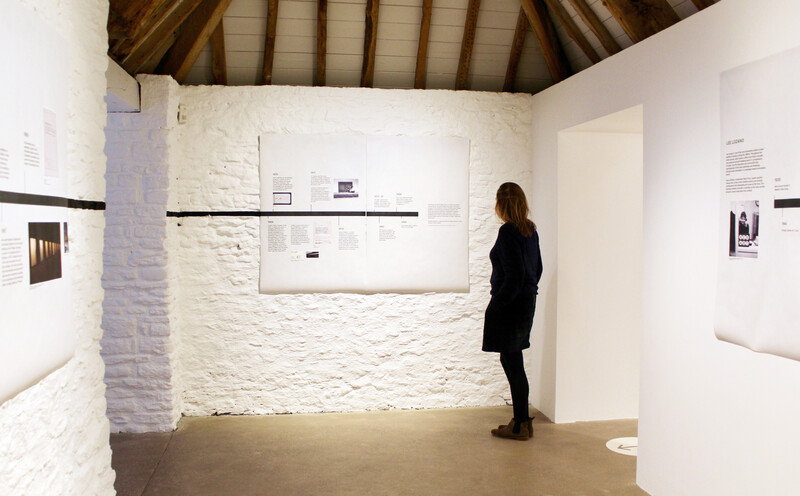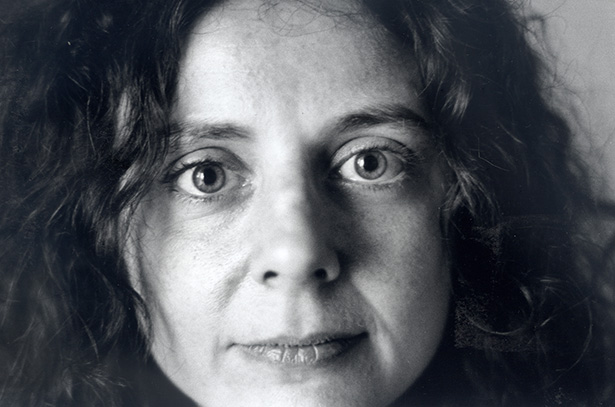
Lee Lozano Book Lab
3 Oct - 10 Jan 2021
Somerset
Lozano quickly entered into circles of like-minded artists and actively contributed to the developing art scene at the time.
The Author
About
Lee Lozano is one of the most innovative artists to have worked in America during the 1960s. Throughout her entire oeuvre, which spans a little more than a decade, she produced ground-breaking work in a progression of styles, from the figurative and cartoonish pop-expressionism of her early paintings and drawings, through serial minimalism, to language-based conceptual pieces. Upon settling in downtown New York, Lozano quickly entered into circles of like-minded artists and actively contributed to the developing art scene at the time.
The Hauser & Wirth Book Lab is a project devoted to exploring the important place that books and prints occupy in the practice of artists. Building upon Hauser & Wirth’s curatorial and publishing activities, the Book Lab presents thematic installations, displays, and programming that invite reflection, creative thinking, and further conversation about the world of printed matter and its connection to artists’ ideas and objectives.
Special thanks to Jaap van Liere and Barry Rosen of the Estate of Lee Lozano.
Installation views







1 / 2
About the Artist

Lee Lozano’s paintings are admired for their energy, daring physicality and tirelessness in investigating the body and issues of gender. Although lauded by Lucy Lippard in 1995 as the foremost female conceptual artist of her time, Lozano had disengaged herself from the New York art world completely by the early 1970s. She left behind a body of work of striking formal breadth and complexity. Lozano fought to consolidate her artistic self in a realm void of systems, rules, and group consciousness. She pursued a wholly independent solo studio practice, which culminated in her rejection of the New York art world and a boycott of women. She first refused to attend public art world functions and withdrew from exhibitions, finally relocating to Dallas, Texas. ‘By refusing to speak to women,’ says Helen Molesworth, Chief Curator of LA MOCA, ‘she exposed the systematic and ruthless division of the world into categories of men and women. By refusing to speak to women as an artwork, she also refused the demand of capitalism for the constant production of private property… The strategy of rejection is a powerful one.’
Current Exhibitions
1 / 10









